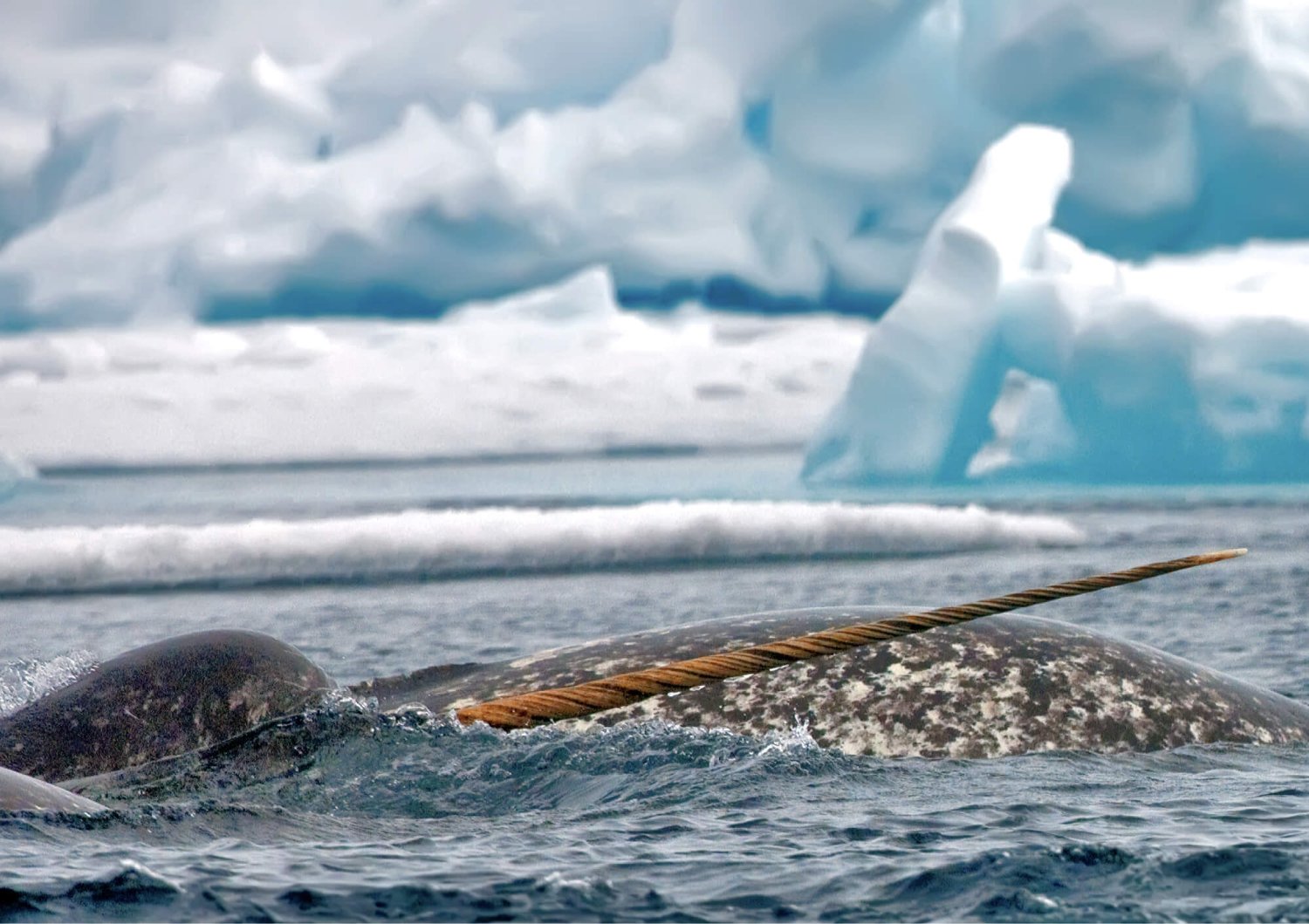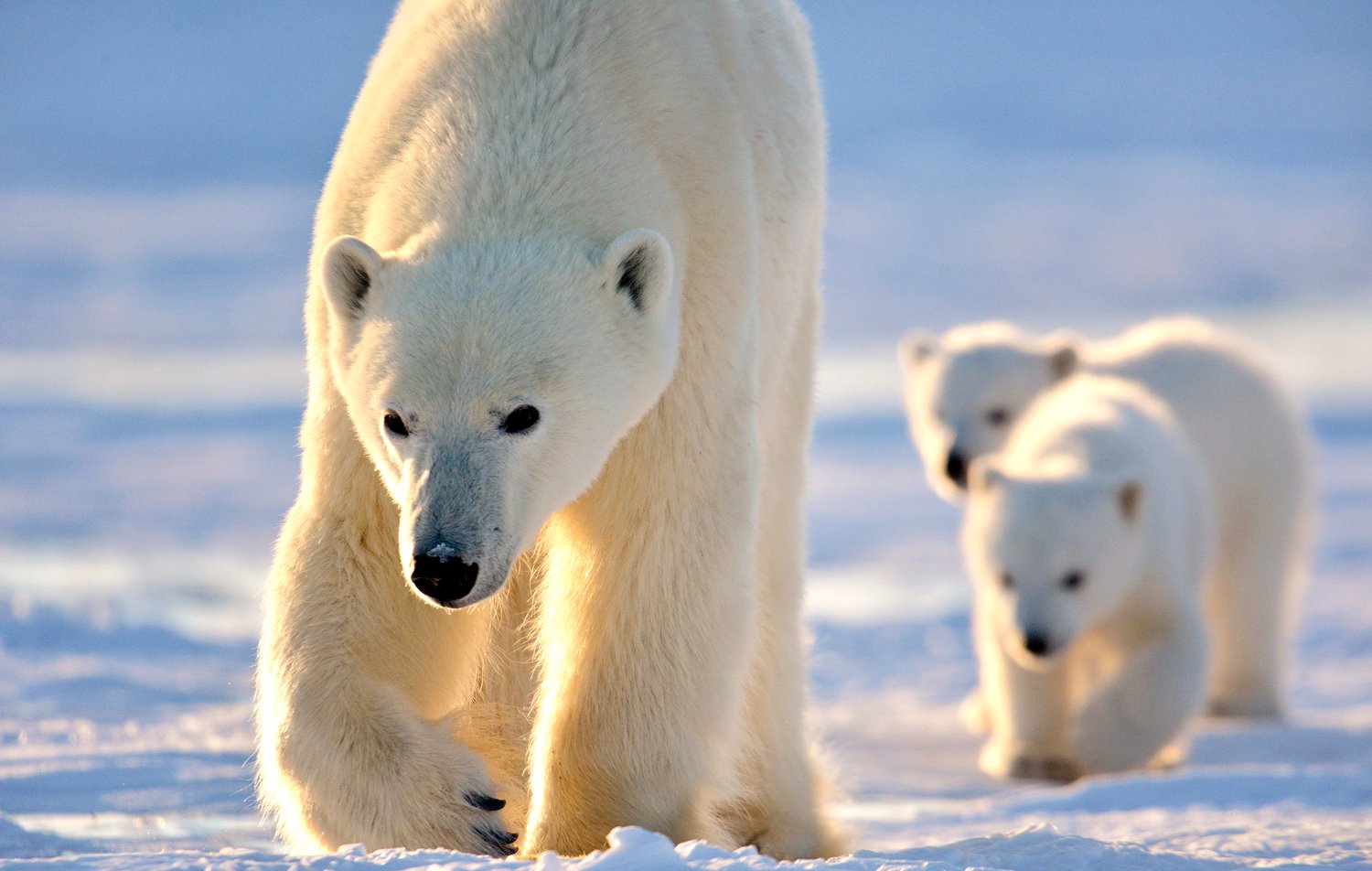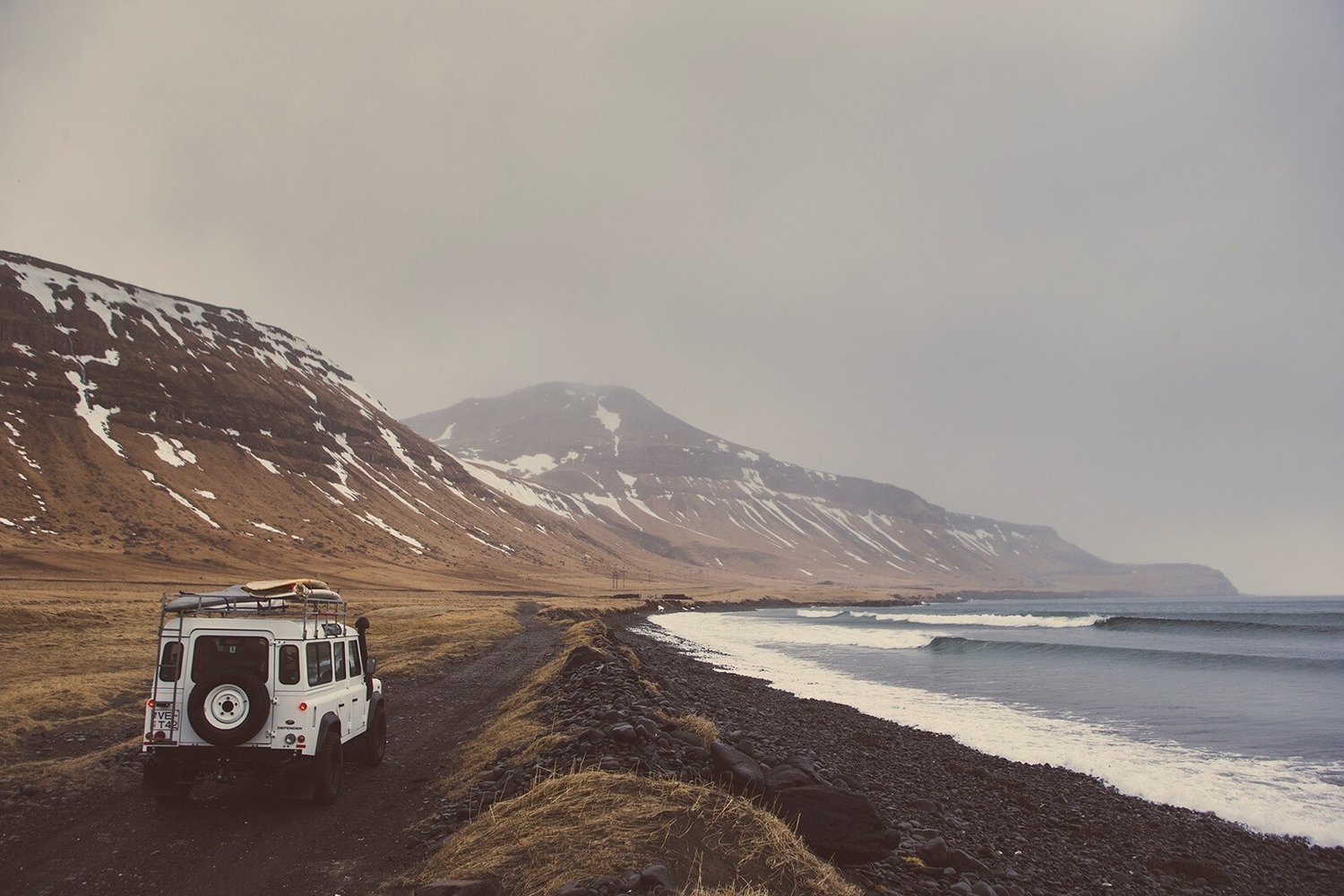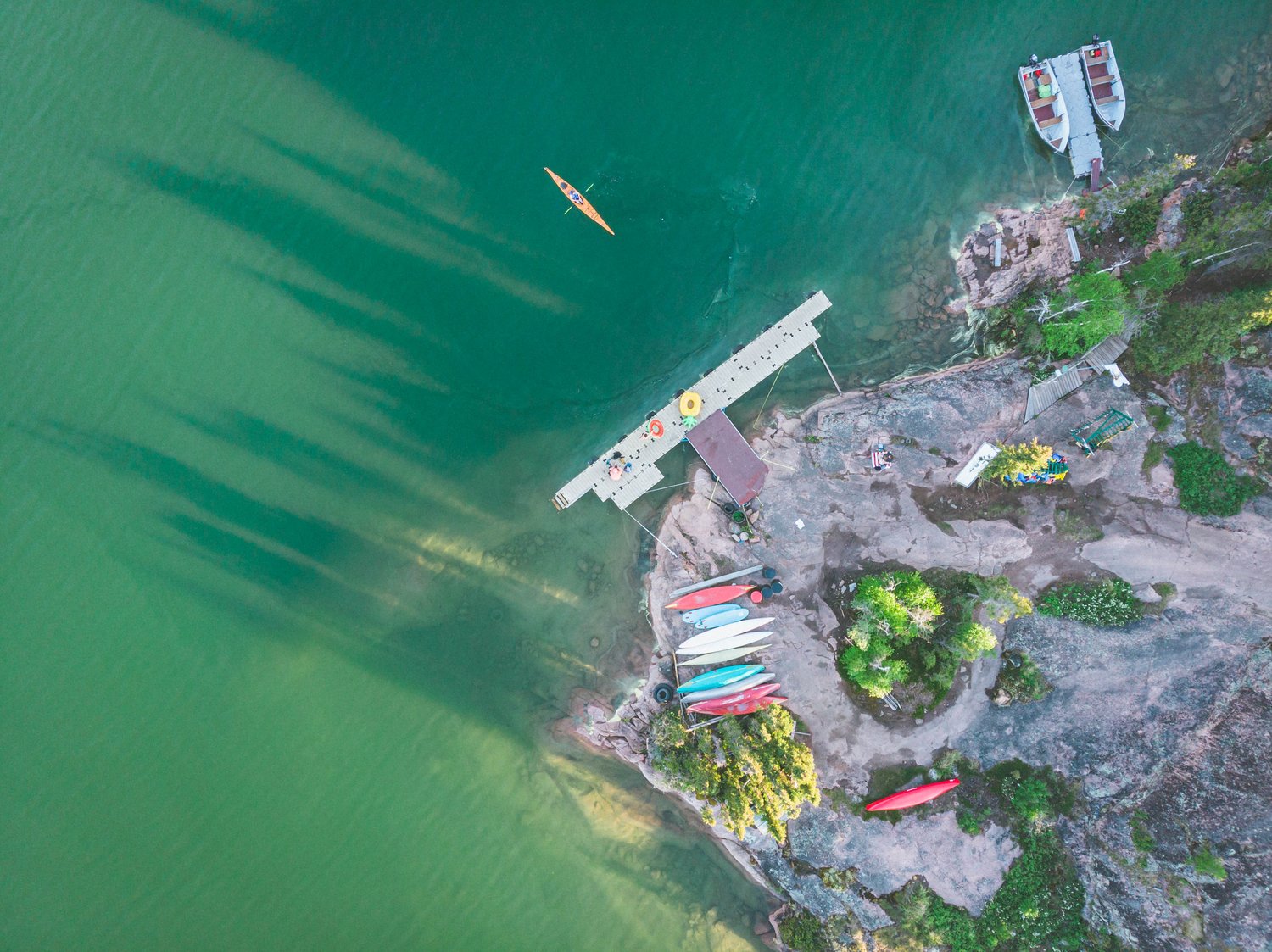
The Floe Edge: Legendary Wildlife & Epic Landscapes
Serenity by the Water's Edge Embark on a remarkable journey to witness the annual narwhal migration in the Canadian Arctic, where these elusive “unicorns of the sea” glide through icy waters. Begin with a breathtaking flight over the Arctic Cordillera Range en route to North Baffin Island, a pristine gateway to the Arctic’s untouched wilderness.
North Baffin Island



.jpg?width=1500&name=Baffin%20three%20out%20of%20tens%20(2).jpg)








.jpg?width=1500&name=Tipi%20Winter%202019%20%20-Martina%20Gebarovska%20%20(2).jpg)





.jpeg?width=1500&name=Image%20(5).jpeg)

.jpg?width=1500&name=Trappers%20Cabin%20Winter%202019%20Martina%20Gebarovska%20(1).jpg)
